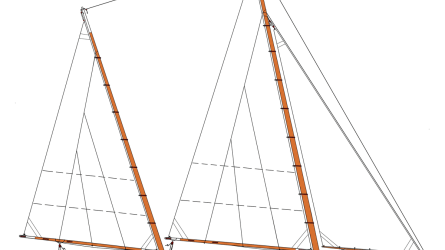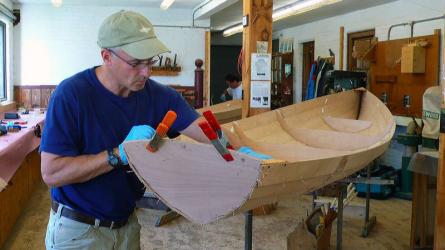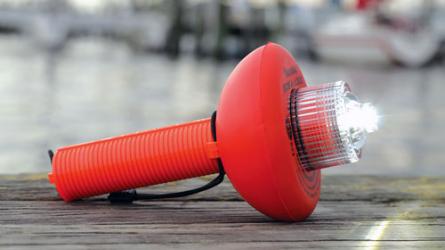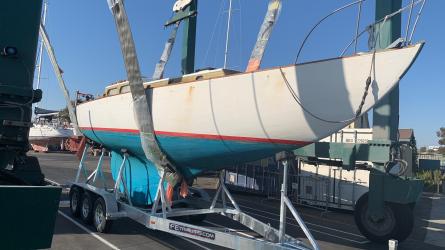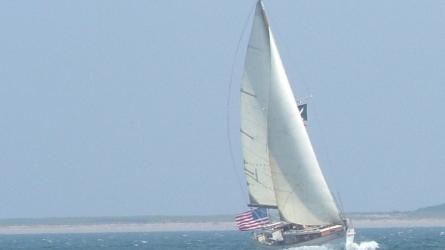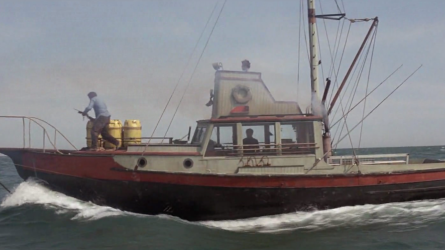January / February 2021
A.C. Brown & Sons Shipyard
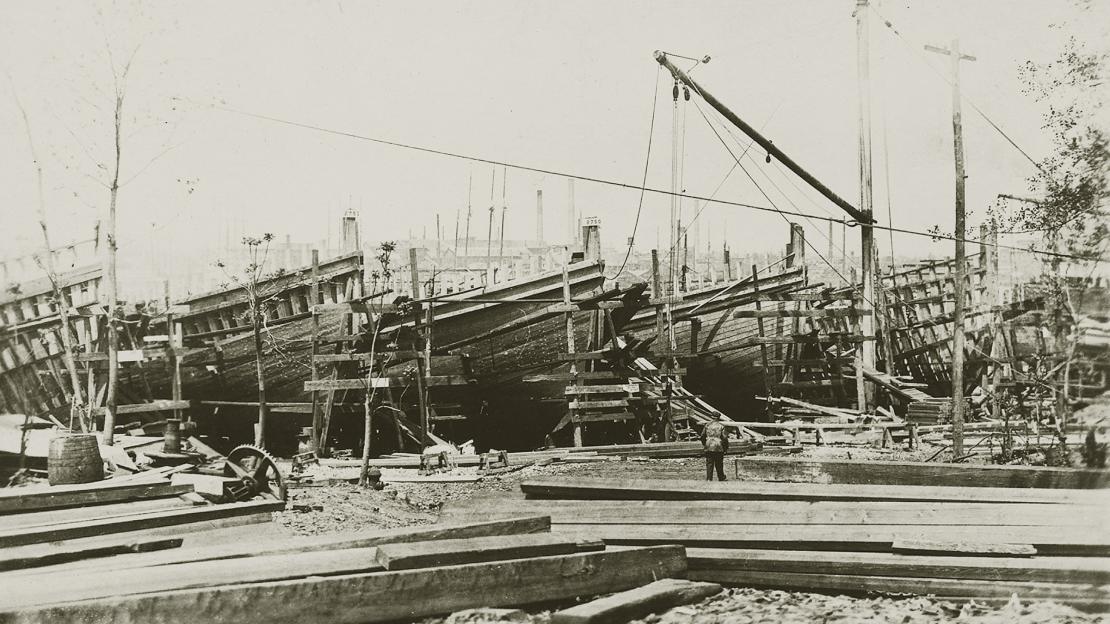
five tugboats are shown under simultaneous construction at A.C. Brown & Sons Shipyard in 1920 for the U.S. Shipping Board.
In the early 1960s, when journalist and historian Drew Fetherston felt drawn to explore the coastline of Staten Island, New York, he would first consult his barometer and almanac for a significantly low tide on the then-murky Arthur Kill. He knew that for a brief time, the oily mudflats would reveal usually inundated secrets, among them the bones and ghosts of a bustling and profitable enterprise: the A.C. Brown & Sons Shipyard.
At that time, the shoreline of Tottenville on the island’s southern extremity was, to the casual eye, merely a jumble of timbers, pilings, and spikes. But for those armed with imagination, sepia-toned photographs, and a knack for buttonholing old-timers who liked to talk, the place was a maritime historian’s delight. Far out on a long-ruined finger pier, for example, remains of the venerated oyster sloop LYDIA VAN NAME would emerge, her bulwarks and deck awash but her mast still proudly raked. Built in 1879, she sailed Raritan Bay for 90 years until she met her fate. Local lore held that her young owners just couldn’t keep her bailed out.
Off another decaying pier, vestigial remains of a lighter and a tugboat would emerge. One of those vessels was intact enough, in those days, to attract boardings by intrepid early-teen-aged explorers and pirates—I was one of them, having grown up a few hundred yards up the beach from the old yard, where tolerant working-man yacht club members would put us to work painting, building docks, scraping bottoms, and launching boats that had mostly been built in the 1920s, ’30s, and ’40s. The other derelict, however, was filleted open, exposing her massive engine bedlogs and propeller shaft. To the south, the enormous yellow pine cross-timbers of a robust marine railway would be visible, with blocks that had supported the keels of untold vessels and, on its inland end, massive gears of the steam-powered winch. Alongside, a large centerboard trunk protruded from the water, standing like a tombstone above the ruin of an unidentifiable boat.
To read the rest of this article:
Click the button below to log into your Digital Issue Access account.
No digital access? Subscribe or upgrade to a WoodenBoat Digital Subscription and finish reading this article as well as every article we have published for the past 50-years.
ACCESS TO EXPERIENCE
Subscribe Today
1 YEAR SUBSCRIPTION (6 ISSUES)
PLUS ACCESS TO MORE THAN 300 DIGITAL BACK ISSUES
DIGITAL $29.00
PRINT+DIGITAL $42.95
Subscribe
To read articles from previous issues, you can purchase the issue at The WoodenBoat Store link below.
 Purchase this issue from
Purchase this issue from





